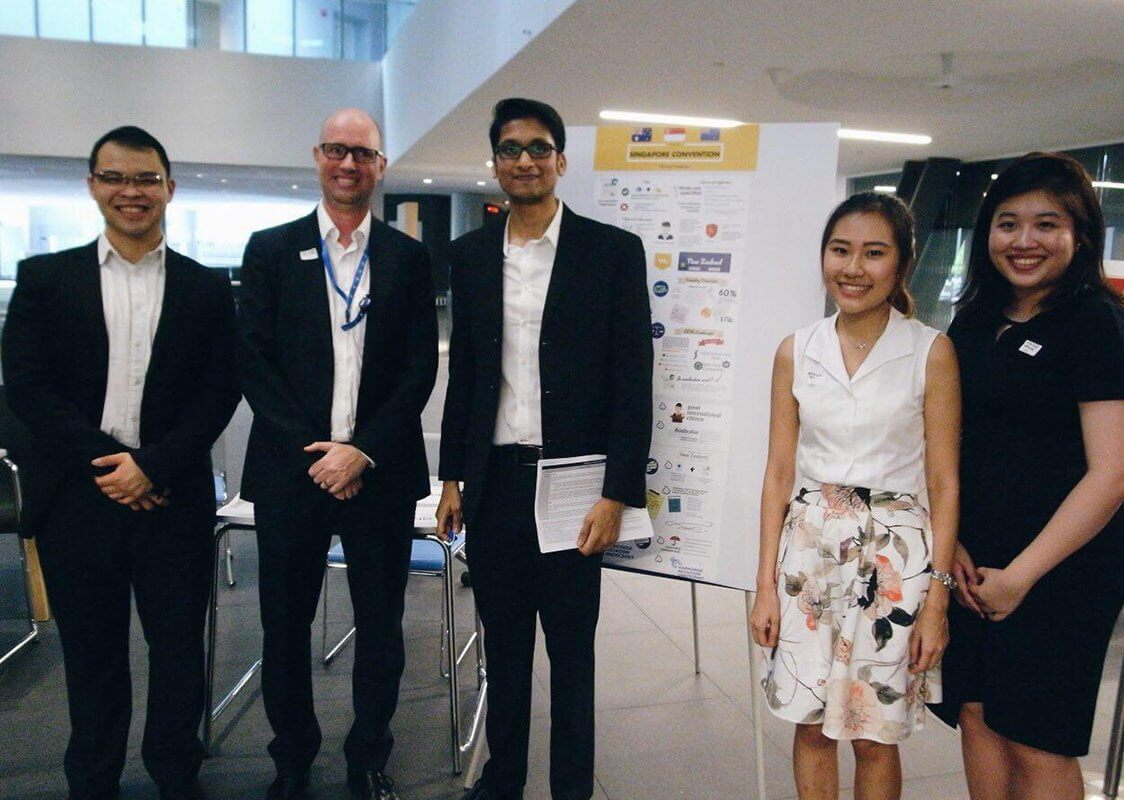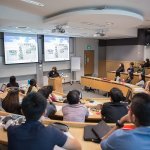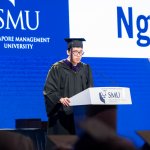[Featured image: (L-R) Weng Sun, Mr Matthew Coghlan from SIDRA, Mark Sanjay Thambiah, Estelle Tai Yuanmin and Nicole at Presentation Day]
By Nicole Leong Shi Min, SMU School of Law
I recall the poignant moment when my three group members and I pored over the deceptively simple, 13-page document. We all mused aloud: “How could a Convention document be so short?” Little did we know, our naive perceptions were about to be changed for the better.
The Convention
The 2019 Singapore Convention on Mediation (“the Convention”) needs little introduction. Officially known as the UNCITRAL Convention on the Enforcement of Mediation Settlements, the Convention provides an enforcement mechanism for settlement agreements achieved from mediations conducted in foreign jurisdictions. With the Convention, parties can bypass the lengthy journey of attaining a court judgment before enforcing it in a foreign court when settlement terms are not adhered to. A “game-changer” for international dispute resolution, the Convention is hugely significant to Singapore and the international mediation community.
The Task
Over the course of 14 weeks, 39 undergraduate law students from the SMU-X “International Mediation Law and Practice” class undertook a real-world comparative exercise spanning 23 countries. We had to explain why our allocated countries should ratify the Convention and what they should do to get Convention-ready. Instead of a research paper or an examination, our semester-long project culminated in a written report and presentation to external stakeholders who were actively involved in preparing for the Convention itself. They included policymakers from the Ministry of Law, academics in dispute resolution research and esteemed practitioners from across the globe. Needless to say, we knew that we had to bring our A-game to the table.
The SMU-X Factor
It was definitely frightening at first. For us to tackle actual, inter-disciplinary problems relating to the ratification of the Convention, we had to understand:
- the Convention document itself;
- the kind of issues and reforms that a country would consider when they sign onto any such convention; and
- the workings of our assigned country and its dispute resolution landscape.
However, as students, there was only so much that we could learn from books, journal articles and the internet.
Thankfully, we had help. As this was a SMU-X course, we had the kind support of the faculty and various practitioners. They equipped us with the necessary perspectives for us to derive the best and most out from this learning experience.

Ms Natalie Morris-Sharma speaking at SMU to students from the SMU-X International Mediation Law and Public International Law classes on the Singapore Convention
Understanding the Convention
Speaking with Ms Natalie Morris-Sharma brought the Convention to life. As chairperson of the Working Group that drafted the Convention, she gave us an insider snapshot of what went on behind closed doors. It truly struck all of us then, how much effort, coordination and negotiation went into formulating those 13 pages. Factoring in numerous opinions, accommodating different legal traditions in the Convention terms and then trying to reach an agreement on those complex issues was certainly no mean feat. Ms Morris-Sharma and her colleagues also answered many of our burning questions and indeed, all of us left the talk with a more comprehensive understanding of the Convention’s purpose and importance.
Understanding Ratification Issues and Reforms
We also made several site visits to the Supreme Court and Maxwell Chambers. There, we were able to speak to practitioners from the Singapore Mediation Centre (SMC), Singapore International Mediation Centre (SIMC), Singapore International Arbitration Centre (SIAC), Singapore International Commercial Court (SICC), International Chamber of Commerce (ICC), International Court of Arbitration (ICA), and Permanent Court of Arbitration (PCA), who introduced us to the various players in the Singapore dispute resolution ecosystem.
As we began to understand each stakeholder, we saw how their functions correlate and interlink. It became clear that a single reform would have wide-ranging implications for all stakeholders. Viewing issues and reforms in isolation would be a mistake. It was, therefore, crucial for us to consider our intended reform proposals and their impact on each stakeholder in our assigned countries.
Understanding our Assigned Countries
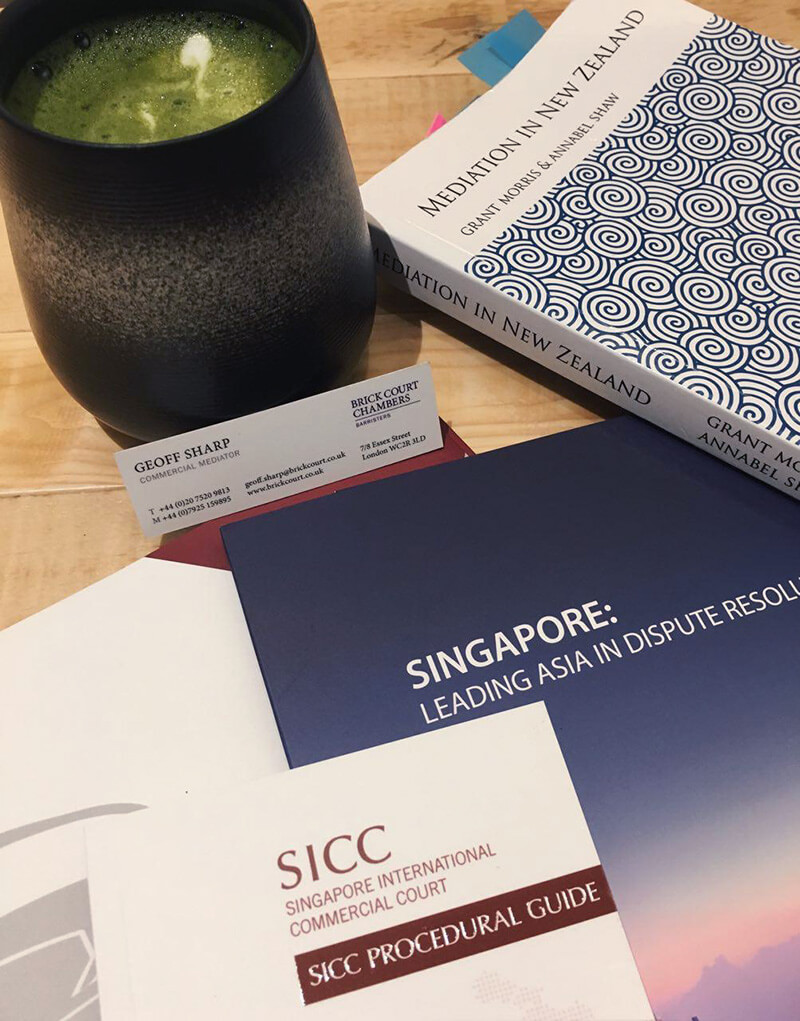
Finally, we were paired up with country mentors. Interestingly, our team had the benefit of speaking to our New Zealand mentor, Mr Geoff Sharp in-person as he happened to be in Singapore on a business trip. Over steaming cups of green tea, he gave us unique insights as a commercial mediator and how the Convention would likely impact his clients and the New Zealand ADR industry.
Personally, I am most grateful for the mentorship aspect of the course. It allowed me to understand my assigned country on a more intimate level. For example, did you know that New Zealand has a special mediation regime for disputes over leaky buildings? I certainly did not and it brought great laughter to the table when Mr Sharp shared this interesting nugget with us.
Although New Zealand and Singapore are Commonwealth nations which follow the common law tradition, there are many differences in our dispute resolution landscapes. Each country has unique social, political and economic considerations when ratifying a convention. Without valuable mentorship, we would not have been able to truly appreciate the contours of our assigned jurisdictions. With a deeper understanding of our allocated country, we became more confident and invested in our country analysis and reform proposals.
Presentation Day
After months of hard work, presentation day arrived! It was a flurry of activity as each group gave presentations on their assigned countries, replete with a giant infographic and little handbooks. Stakeholders, both local and international, were present and we were heartened to hear their feedback and praise during the panel discussion.
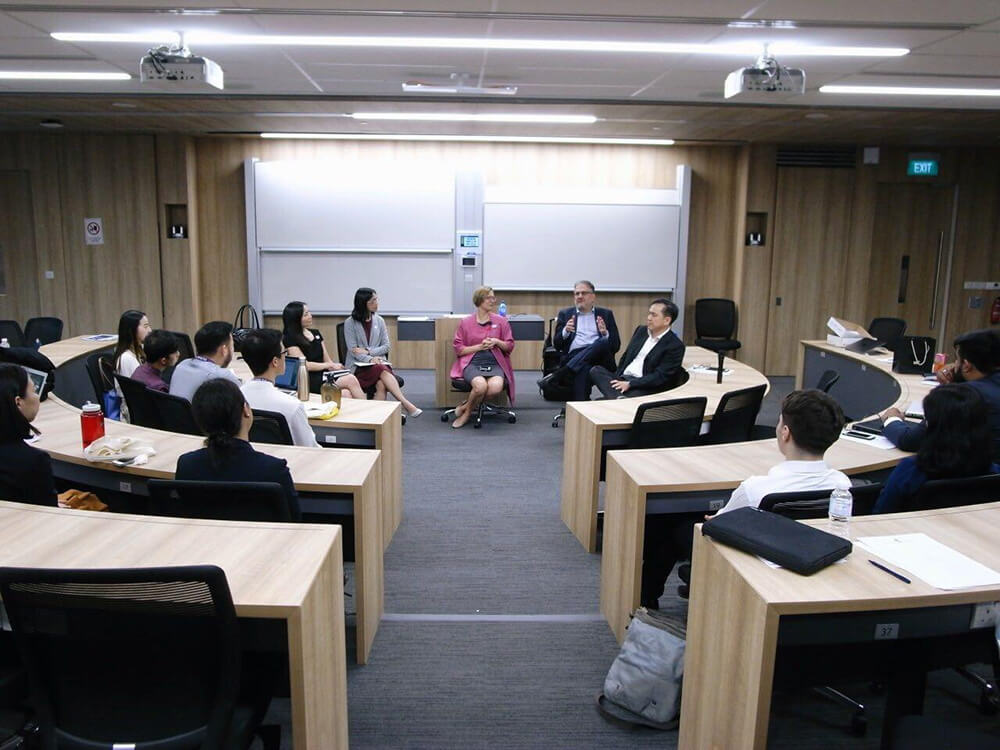
Roundtable Discussion at SMU on Presentation Day. (L-R) Ms Sharon Ong, Assistant Professor Eunice Chua, Professor Nadja Alexander, Associate Professor Benjamin Hughes, Mr Chuan Wee Meng
Moving Forward
Truthfully, the gravity of the Convention and the role I now play in it did not hit home until I was at dinner with some secondary school friends. While explaining the Convention, what it meant to numerous countries and how my friends could be potential users of the mediation process, I realised the Convention provides limitless opportunities. Indeed, what Professor Benjamin Hughes mentioned during the roundtable discussion was true—the Singapore Convention has so much potential and provides new areas for us aspiring lawyers and mediators to enter. Equipped with our new-found knowledge, it is now up to us to make the Convention known and to carve out a brand new road for the future.
The author wishes to thank her groupmates Estelle Tai Yuanmin, Mark Sanjay Thambiah and Ng Weng Sun for joining her on this journey. We are grateful to our mentors Mr Geoff Sharp, Dr Grant Morris and Mr Khory McCormick for their valuable insights into New Zealand and Australia. Special thanks also go to our faculty members Professor Nadja Alexander and Ms Aziah Hussin for their kind guidance over the course of this project.
Keen to take the next step with SMU? Join our Bachelor of Laws programme today!

